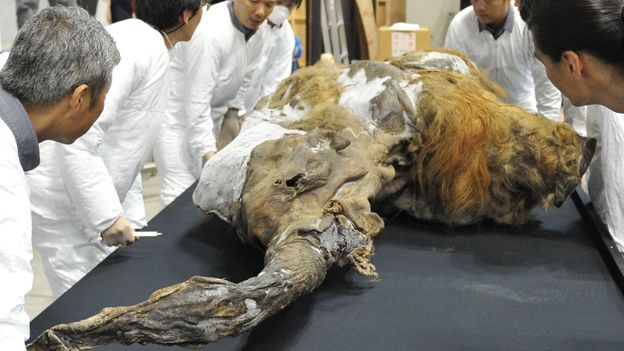
Did scientists revive an extinct animal or just breed a less stripey zebra?
Live MintCAPE TOWN, South Africa—If it looks like a quagga, gallops like a quagga and barks like a quagga, then it probably is a quagga. The Quagga Project, a nonprofit founded in 1987, acquired zebras with lighter, sparser or browner stripes to mate with each other, which resulted in reduced striping on the offsprings’ hind ends, legs and bellies. “About every five years, we can stop and look and see if we’ve made any progress," said March Turnbull, the project coordinator for the Quagga Project, as he watched a herd of quaggas from a game vehicle at Vergelegen, a wine farm outside of Cape Town. Even detractors of the Quagga Project say such rebreeding efforts are inherently more practical than what is likely the world’s most high-profile de-extinction effort—an attempt to revive the Woolly mammoth. Even if the gene sequences show that the Rau quaggas don’t quite measure up to the real thing, the quagga rebreeding model could be used to rebuild populations of critically endangered animals, not just ones that have already gone extinct, says Peter Heywood, professor emeritus of biology at Brown University.
Discover Related






)